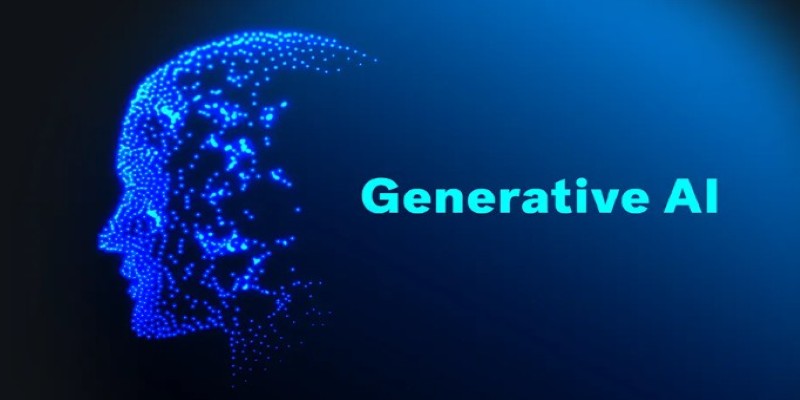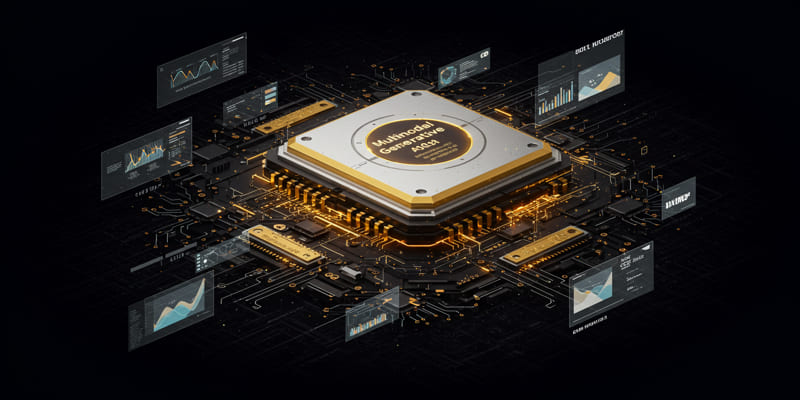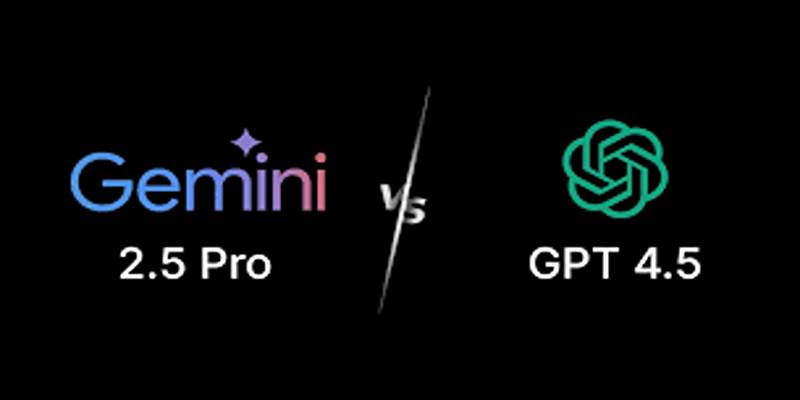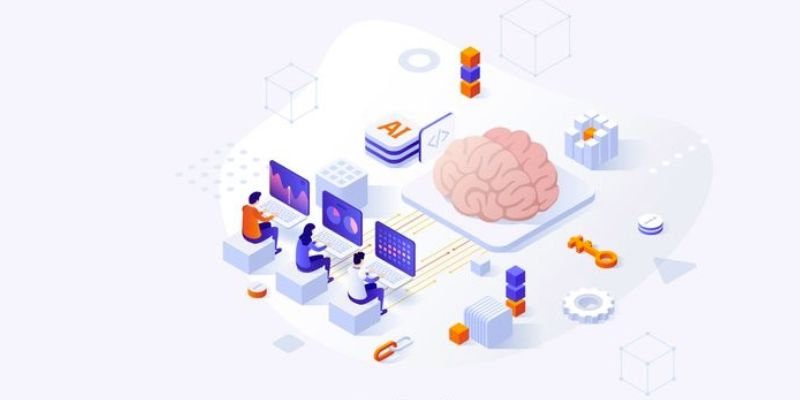Job applications can be stressful, especially when you’re unsure whether your resume is strong enough to make it past the initial screening. Many people assume their resumes are rejected because they lack experience, but that’s not always true. In reality, most resumes don’t align well with the job description — either because they miss relevant keywords or fail to present the candidate’s strengths clearly. It is where JobFitAI makes a big difference.
JobFitAI is a smart, AI-powered resume analyzer that helps both job seekers and recruiters by reading and understanding resumes at a deeper level. It provides structured, actionable feedback to improve the alignment between your resume and a specific job post. Whether you submit a traditional PDF or an audio version of your resume, JobFitAI supports both — offering flexibility and accessibility for all users.
This post will make you learn how JobFitAI works, how it’s built using powerful tools like DeepSeek-R1, DeepInfra, and Gradio, and why it's a valuable solution for the modern job market.
Technologies Used in JobFitAI
To build a resume analyzer that’s both intelligent and user-friendly, JobFitAI uses a combination of modern AI and development tools. Each tool plays a key role in making the system work smoothly:
DeepSeek-R1
It is a powerful, open-source large language model (LLM) that’s trained on a wide range of text-based tasks. It excels at understanding resumes, identifying relevant content, and organizing it into structured formats such as JSON. Because it’s open-source, it can be customized or fine-tuned based on specific needs.
DeepInfra API
DeepInfra offers a cloud-based platform to access models like DeepSeek-R1 through an OpenAI-compatible API. It removes the need to host large models locally, making it easier to build and scale JobFitAI with minimal setup.
Gradio
Gradio is a Python framework for building web interfaces. It allows users to interact with JobFitAI easily — by uploading files, entering job descriptions, and viewing feedback instantly, all without needing coding knowledge.
Project Architecture
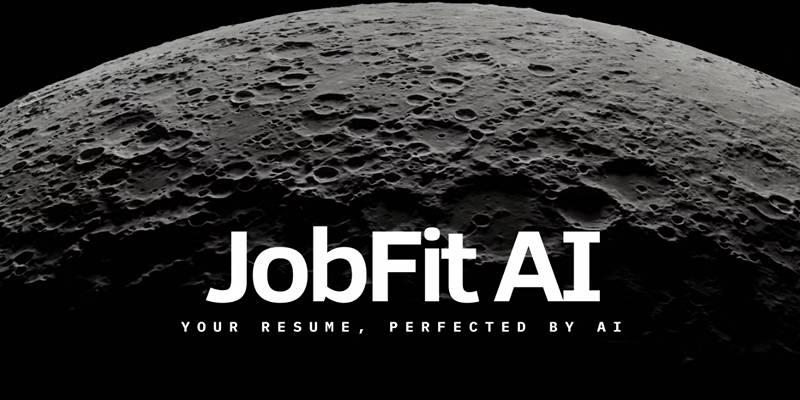
The JobFitAI system is built using a modular and organized structure. Each component is responsible for a specific task, making the system easy to understand, maintain, and scale over time.
Directory Structure
Main Folder: JobFitAI/
- app.py
Main application built with Gradio - .env
Stores environment variables (e.g., API keys) - requirements.txt
Lists all required dependencies for the project - src/
Contains the core functionality of the system- analyzer.py
Handles AI-powered resume analysis - audio_transcriber.py
Converts audio-based resumes into text - pdf_extractor.py
Extracts text content from PDF files - resume_pipeline.py
Routes incoming files to the appropriate processing module - feedback_generator.py
Compares resumes with job descriptions to generate feedback
- analyzer.py
Setting Up the Environment
To get started with JobFitAI, you first need to set up your development environment.
Step 1: Create a Virtual Environment
The first step is to create a virtual environment. It is like a clean, separate space on your computer where only the files and tools for JobFitAI will live. It helps avoid conflicts with other projects and keeps your system tidy.
Step 2: Install Required Dependencies
Add the following libraries to your requirements.txt:
- python-dotenv
- openai
- torch
- requests
- gradio
- torchvision
- whisper
- torchaudio
- PyPDF2
Then install them by running the following command:
pip install -r requirements.txt
Step 3: Add Your DeepInfra API Key
To access the DeepSeek-R1 model, you’ll need an API token from DeepInfra. This token works like a password that tells the system you’re allowed to use the model. Once you get your token, it should be stored in a special file so the application can use it automatically.
Step 4: Final Check Before Running
Once you’ve created your environment, installed the libraries, and added your API token, your setup is almost complete. It’s a good idea to double-check that:
- All tools were installed without errors
- Your API token is correct and active
- Your project folders are organized
Once everything is ready, you can launch the JobFitAI app and begin analyzing resumes with just a few clicks.
Core Components Explained

Let’s explore the role of each module and how they contribute to the complete resume analysis workflow.
PDFExtractor: Handling Traditional Resumes
Most resumes come in PDF format. This module reads all the pages of a PDF and extracts the content using the PyPDF2 library. It creates a clean string of text from the file, which is passed to the AI model for processing.
AudioTranscriber: Supporting Audio Resumes
Some users may prefer recording their resumes. This module uses OpenAI’s Whisper model to convert spoken words into readable text. The audio is transcribed and formatted before being sent for AI analysis.
ResumePipeline: Smart File Routing
This component acts as the smart router. It checks the type of file submitted — whether PDF or audio — and passes it to the correct processor.
DeepInfraAnalyzer: AI Text Analysis
It is the engine of the project. It takes the resume text and submits it to the DeepSeek-R1 model via DeepInfra. The AI returns a well-structured JSON output containing fields like:
- Key skills
- Work experiences
- Educational qualifications
- Achievements
FeedbackGenerator: Smart Resume Suggestions
After the resume is analyzed, this module compares it with the job description provided by the user. It generates:
- A match score between 0 and 100
- Lists of strengths and weak points
- Recommendations for improvement
- Missing keywords that need to be added
This feedback helps candidates tweak their resumes for better job alignment.
Running the Gradio App
Once everything is set up, running the app is simple:
python app.py
A local Gradio server launches in your browser. From there, you can:
- Upload a resume (PDF or audio)
- Paste a job description
- Get a full analysis and personalized feedback
This real-time interface makes it extremely easy to test different resume versions and improve them before applying for jobs.
Conclusion
JobFitAI is a powerful AI resume analyzer that simplifies and improves how candidates prepare job applications. With its support for multiple file types, smart job matching, and easy-to-use interface, it brings modern AI capabilities to an everyday challenge. The project also showcases how tools like DeepSeek-R1, DeepInfra, and Gradio can come together to solve real problems in innovative ways. Whether you're a job seeker looking to boost your chances, a coach helping others succeed, or a developer aiming to build impactful AI apps, JobFitAI is a practical and inspiring tool to explore.






